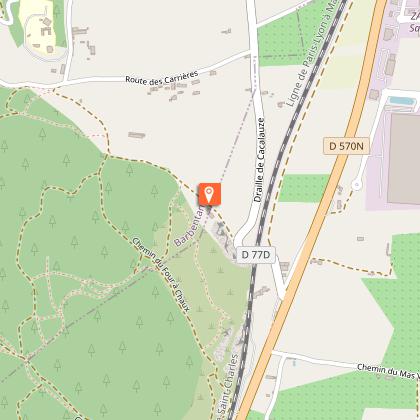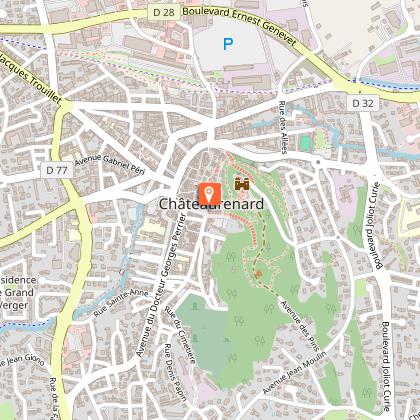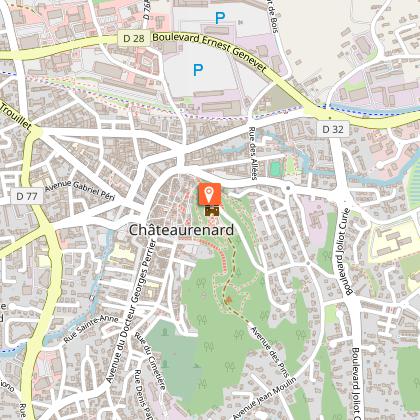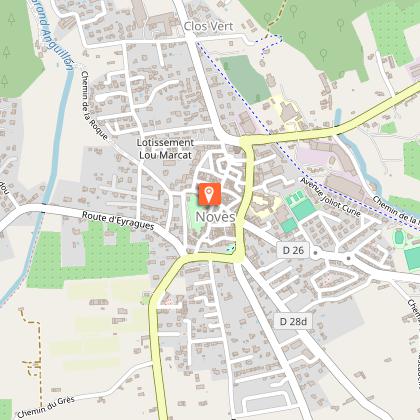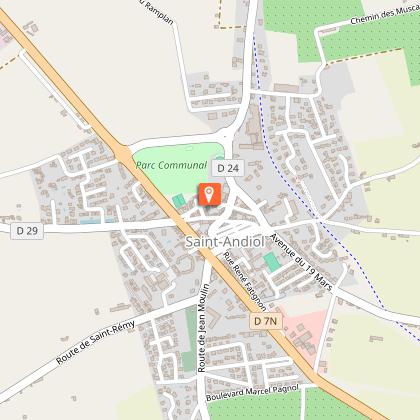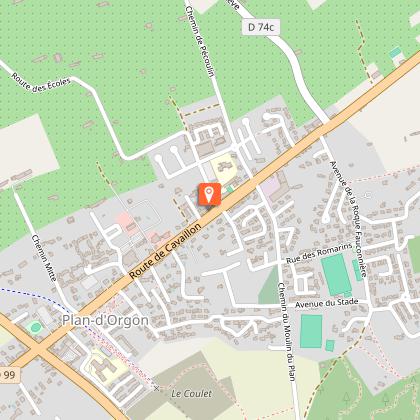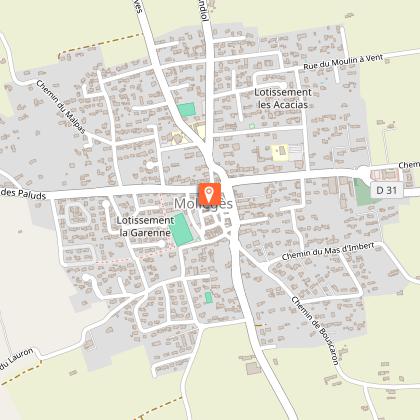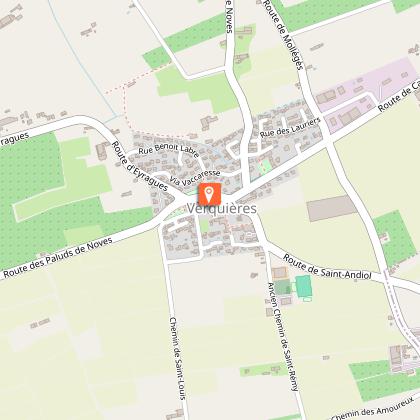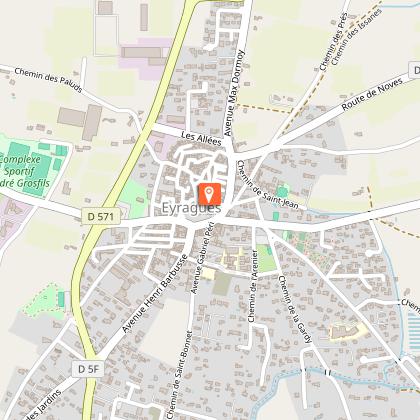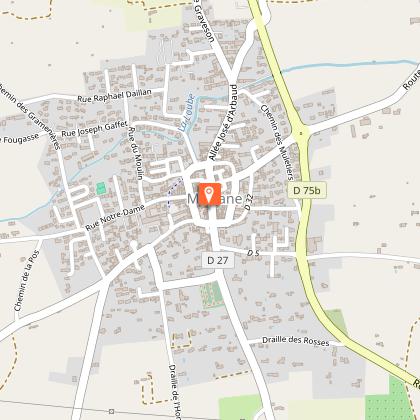Alert
Alerts
Type of practice
Racing biking
6h
Presentation
Map
Points of interest
Ratings and reviews
See around
Circuit de l'Art Roman

IGN cards

3042OT - SAINT-REMY-DE-PROVENCE TARASCON CHAINE DES ALPILLES
Editor : IGN
Collection : TOP 25 ET SÉRIE BLEUE
Scale : 1:25 000
13.90€

3041OT - AVIGNON CHÂTEAUNEUF-DU-PAPE
Editor : IGN
Collection : TOP 25 ET SÉRIE BLEUE
Scale : 1:25 000
13.90€

VEL03 - LE VAUCLUSE A VÉLO
Editor : IGN
Collection : DECOUVERTE A VELO
Scale : 1:100 000
9.10€
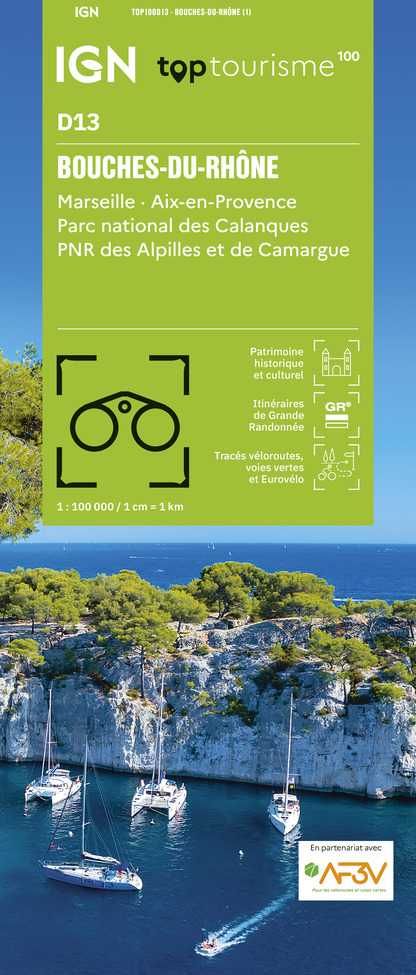
TOP100D13 - BOUCHES-DU-RHÔNE MARSEILLE AIX-EN-PROVENCE PARC NATIONAL DES CALANQUES PNR DES ALPILLES ET DE CAMARGUE
Editor : IGN
Collection : TOP 100
Scale : 1:100 000
8.40€
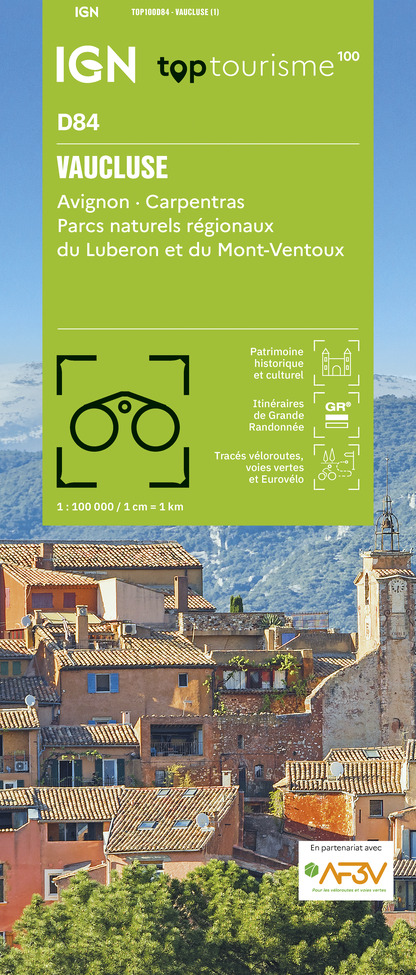
TOP100D84 - VAUCLUSE AVIGNON CARPENTRAS PARCS NATURELS RÉGIONAUX DU LUBERON ET DU MONT-VENTOUX
Editor : IGN
Collection : TOP 100
Scale : 1:100 000
8.40€

D30-34 GARD HÉRAULT
Editor : IGN
Collection : CARTES DÉPARTEMENTALES IGN
Scale : 1:150 000
5.90€

D13-84 BOUCHES-DU-RHÔNE VAUCLUSE
Editor : IGN
Collection : CARTES DÉPARTEMENTALES IGN
Scale : 1:150 000
5.90€

NR14 AUVERGNE-RHÔNE-ALPES RECTO/VERSO MASSIF CENTRAL
Editor : IGN
Collection : CARTES RÉGIONALES IGN
Scale : 1:250 000
6.80€

NR16 PROVENCE-ALPES-CÔTE D'AZUR
Editor : IGN
Collection : CARTES RÉGIONALES IGN
Scale : 1:250 000
6.80€

NR15 AUVERGNE-RHÔNE-ALPES RECTO/VERSO MASSIF ALPIN
Editor : IGN
Collection : CARTES RÉGIONALES IGN
Scale : 1:250 000
6.80€

EUROPE
Editor : IGN
Collection : DÉCOUVERTE DES PAYS DU MONDE IGN
Scale : 1:2 500 000
7.00€
Technical Information
Racing biking
Difficulty
Not specified
Duration
6h
Dist.
63 km
Type of practice
Racing biking
6h
Show more
Altimetric profile
Starting point
Chemin de Bagalance
,
13570
Barbentane
Lat : 43.898026Lng : 4.74511
Points of interest
Additional information
Updated by
Office de Tourisme Intercommunal de Terre de Provence - 25/09/2024
www.terredeprovence-agglo.com/
Report a problem
Contact
Phone : 04 90 24 25 50
Email : accueil.oti@terredeprovence-agglo.com
Website : myterredeprovence.fr
Data author
chemin notre Dame 13630 EYRAGUES France
Ratings and reviews
To see around
